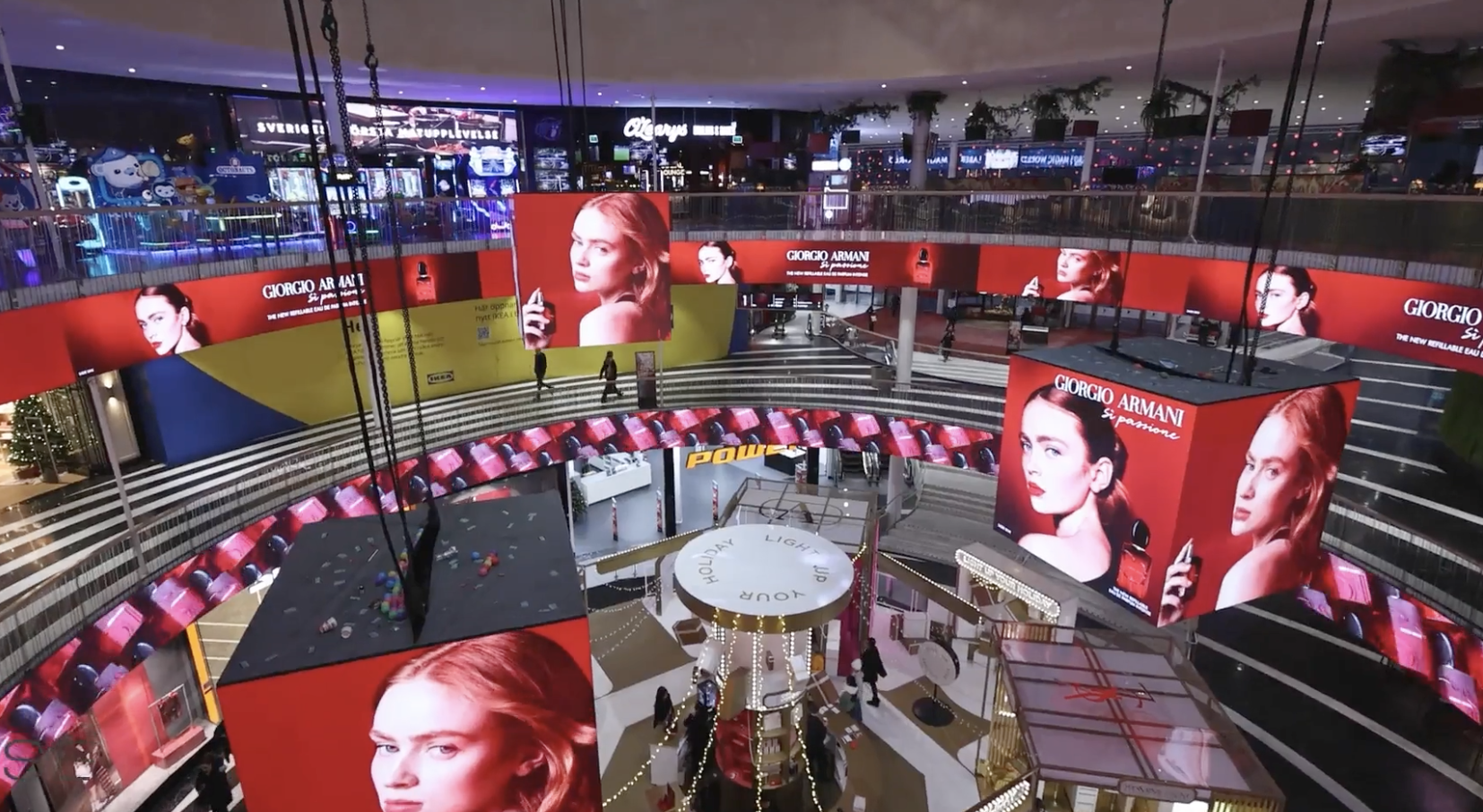‘From e-tail to high streets’ through stores, concessions and collaboration – who’s doing what and why; how are they using online insight offline and how are they finding the move to physical spaces and omnichannel retailing? Liz Morrell, InternetRetailing’s Research Editor, investigates.
It’s not so long ago that pure play retail meant just that – a retailer that stuck to the online channel they had launched in often seeing themselves a step above their more antiquated, slower to react high street counterparts with their (gasp, shock, horror) physical stores on the high street. The future of retail was destined to be online with bricks and mortar stores relegated to rack and ruin.
However, as is the crazy world of retail, such predictions failed to come true and today we live in a world where the pure plays are turning to the high street themselves to survive – appreciating the extra appeal that a physical high street representation, whether through stores, concessions or pop-ups, can bring to a brand’s kudos and the positive impact it can have on the customer experience.
Everyone has done it – from small, newly formed brands to giants such as eBay and Google proving that, in the world of omnichannel, restricting yourself to just one channel no longer necessarily works.
Whilst eBay’s first pop-up presence was more about brand awareness its subsequent retailer tie-up with Argos gave it a physical representation it didn’t previously have and has since expanded to include newsagents too.
Amazon has also come to the high street through its lockers network but also with continual rumours of its own high street presence – from its first physical stores last October to the rumour of the acquisition of a number of RadioShack stores in the US to enable its own click and collect network in February to a partnership with three US universities to provide pick-up and drop-off locations for its customers – the latter being the only one to have so far happened.
In March, Google opened its first shop-in-shop within Curry’s PC World in London’s Tottenham Court Road, showcasing its range of phones, tablets and laptops. Further stores are planned.
The move to the high street is not just for the retail giants. Online furniture retailer Made.com, which launched in 2010, has physical showrooms in London and Leeds to support its etail business and is to open a third store in Liverpool. “We find that they are a great way for customers to see and feel products before going back online to purchase,” says UK Country Manager Annabel Kilner.
Whilst the company says it will never have a network of stores across the UK it has come up with an interesting physical alternative through Unboxed – a social showroom that anyone can visit to see who has bought from Made.com and how they have styled their piece.
“The next step we’re trialling is to incentivise our ambassadors on the platform to open up their homes as showrooms. If visitors then go on to buy a product they have seen the Unboxed user will receive a percentage of the sale,” says Kilner. For Made.com it’s the best combination of physical and etail. “While the internet is unlimited in the physical world we come up against limitations all the time, which is why Unboxed is such a positive development. It allows us to sidestep these difficulties and seamlessly blend our online and offline presence for customers,” says Kilner.
Made.com competitor Loaf is also going physical. Its 8,000 sq ft Loaf Shack Battersea showroom will open this autumn. “We’ve been lucky enough to have an awful lot of customers who purchase on the web but the big prize is getting out to the masses and you need a showroom to do that,” says Charlie Marshall, Founder and Head of Loafing at Loaf. “Physical spaces will be crucial to our growth,” he says.
DEFINED BY ONLINE
Even new etail businesses are moving quickly to the high street. Womenswear retailer Peak Boutique launched its first store in May 2015 – a year after it launched as an online specialist. The Newcastle upon Tyne store is the first of further stores planned. “It was always part of the plan,” says Managing Director Jenny Peng Gillender who is using her online order data to define strategy for further stores. “It’s lovely being able to actually know your customer by face and build a relationship with them and the customer experience has improved 100% as customers have said they prefer to feel and try on the clothes,” she says.
The experience has also shown a difference between online and offline demand. “Some things that haven’t sold online so well have flown out in store and vice versa so it gives us two different avenues,” says Peng Gillender.
Whilst some brands are choosing stores, others are opting for the concession route. Missguided.co.uk launched its first UK high street presence in June in Selfridges at intu Trafford Centre after doing similar in Nordstrom in the US.
Australian design your own shoe retailer Shoes of Prey has also launched a concession business in Nordstrom in the USA and within David Jones in Australia. “We moved by creating offline experience spaces that deliver on all the questions our customers had about our product,” says Co-founder Jodie Fox. The move was a result of the most commonly asked question the retailer faced – ‘what will the shoes look like in real life’. “When we dug into this we found that it actually meant that women wanted to try the shoes on to know how they felt, they wanted to see the materials and understand the quality and these all pointed to an offline experience,” says Fox. Now it’s a route for growth with more stores and more countries planned next year.
Fellow shoe business JustFab launched its first store – a proof of concept for its brand – in the US last year. Now the company is launching a six store rollout for its Fabletics brand business. “Adam Goldenberg, co-CEO of JustFab Inc, and I have proudly built our businesses on the foundation of ecommerce,” says JustFab Inc co-CEO Don Ressler. “That said we would be foolish not to recognise that there are still plenty of people who prefer to shop in a traditional brick & mortar store – and we want to introduce those people to Fabletics and FL2 as well,” he says.
LESSONS
Moving from etail to the high street can provide valuable lessons about the customer that can help a business grow overall. “We’re excited about being able to connect with customers through our stores, and learning more about them through that channel – what they like, what they don’t and what they want to see from us,” says Ressler.
Fox has already benefited from such lessons. “We’ve learnt about what touch points are important to consumers in store and about the customer flow that we have been able to integrate into the online experience,” she says. “We’ve also learnt a lot about sales technique that is very different to the way we had been approaching things online before. It has opened up a whole new way for us to identify the friction points that our customers experience,” says Fox.
It would seem therefore that etail to retail is a natural evolution today but it is certainly something that was rarely part of many etail businesses early business plans. “If you had asked me about opening a store in the early days I would have said you’re crazy,” says Fox.
Loaf’s Marshall says the same. “When we launched I thought we wanted to be an etailer because that was the opportunity at the time,” he says. Now that idea has changed. “The goal is to open ten stores across the UK over the coming years. We see ourselves becoming an omnichannel retailer with the website, brochure and physical spaces working in harmony to support and inform each other,” he says
Marshall says he believes many other businesses will do the same: “To be perfectly honest we think it’s going to be a struggle for pure play retailers to make significant profits just through online as it’s become increasingly expensive to market one’s site. I believe the future of retail will see ecommerce brands migrating to physical spaces with multichannel platforms working more intelligently alongside each other”.




